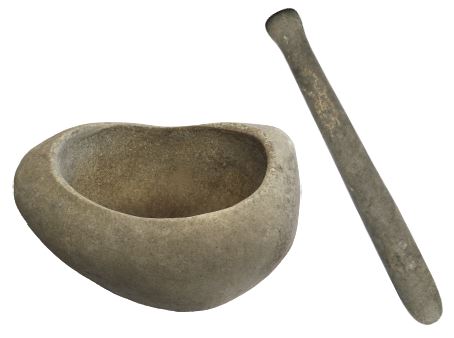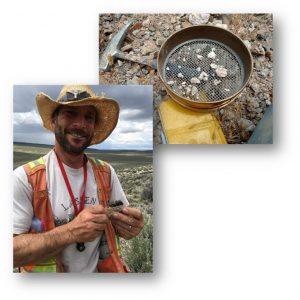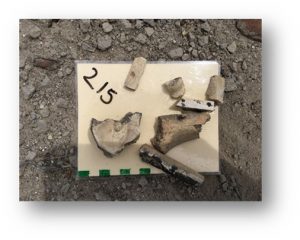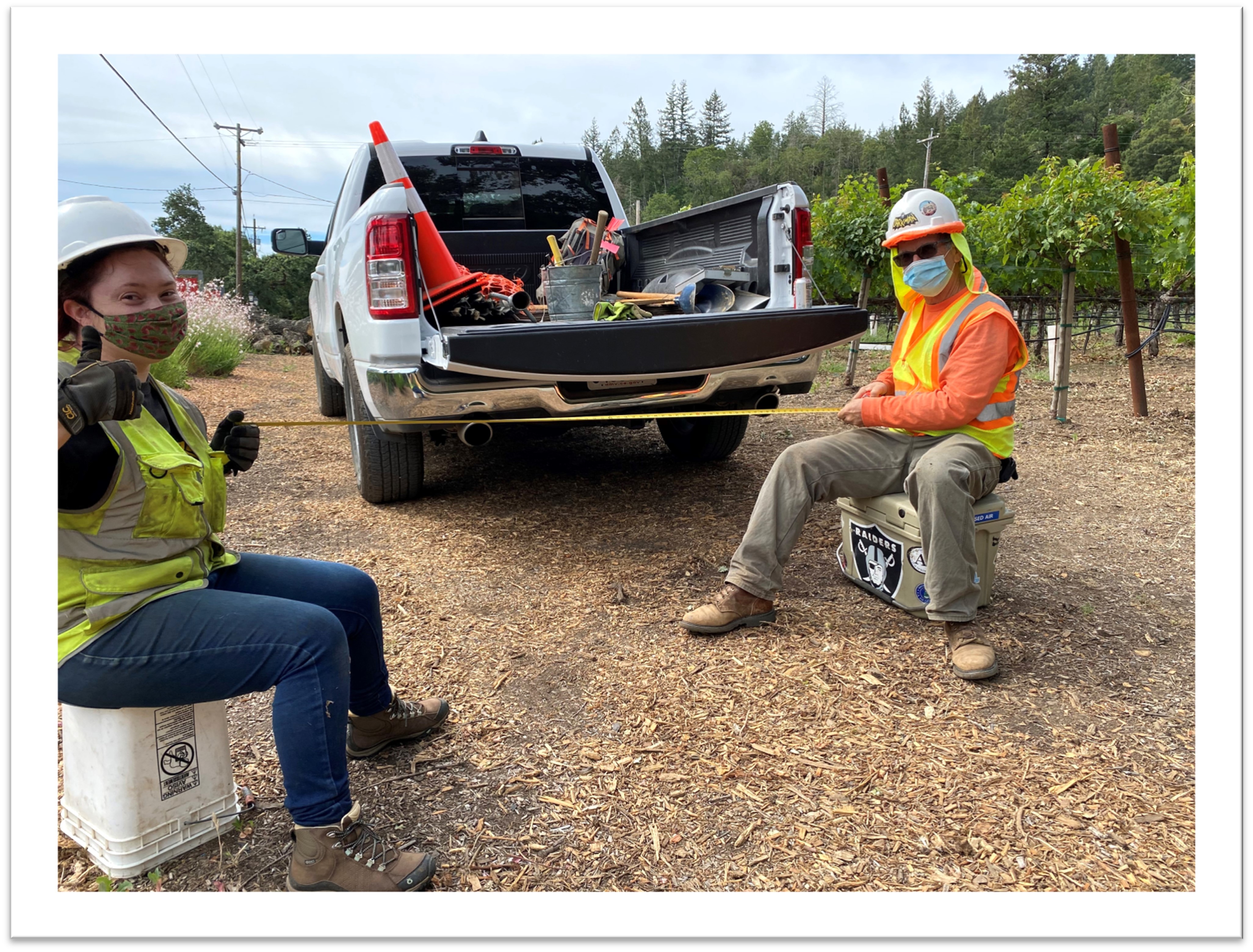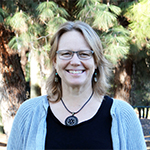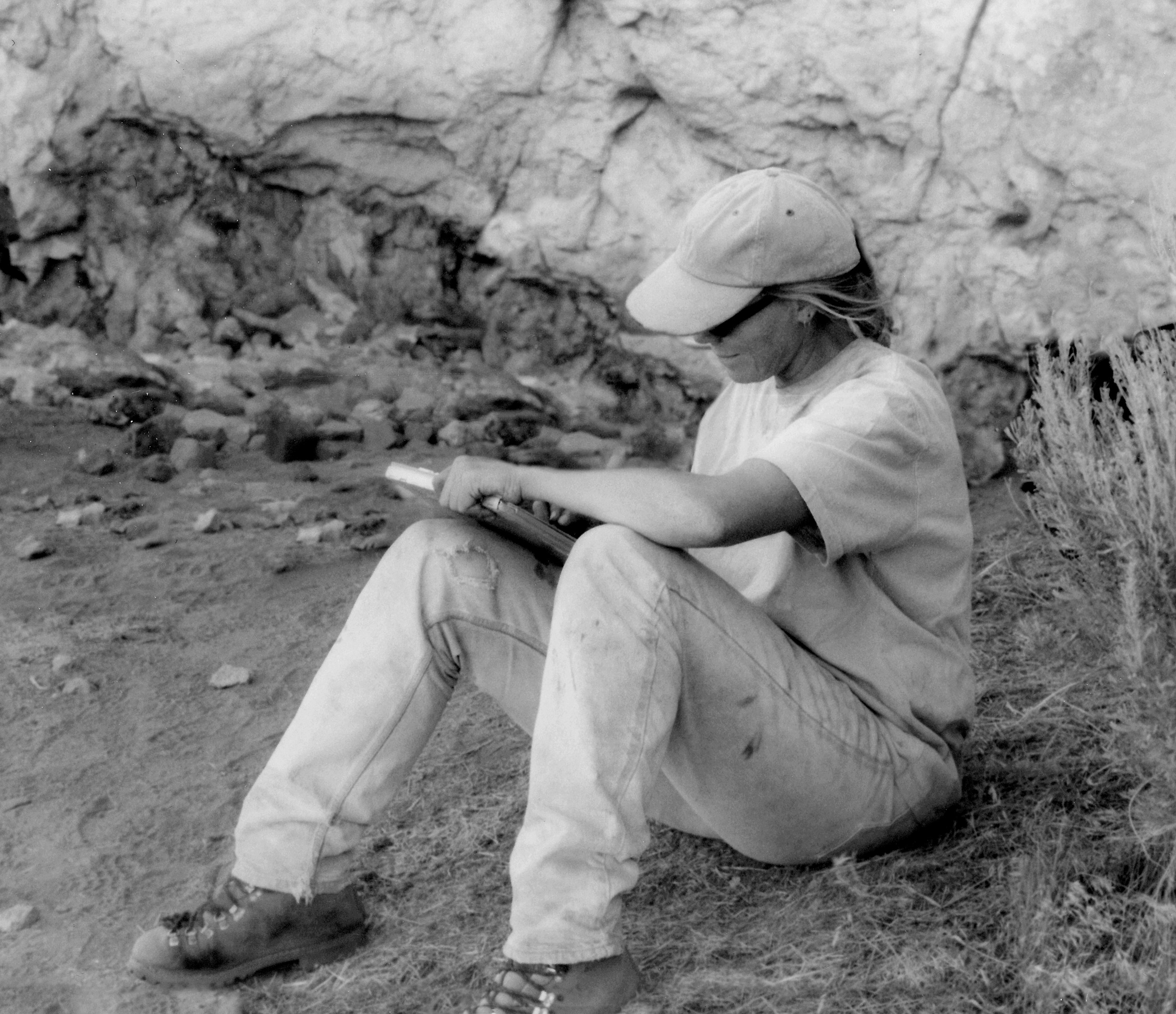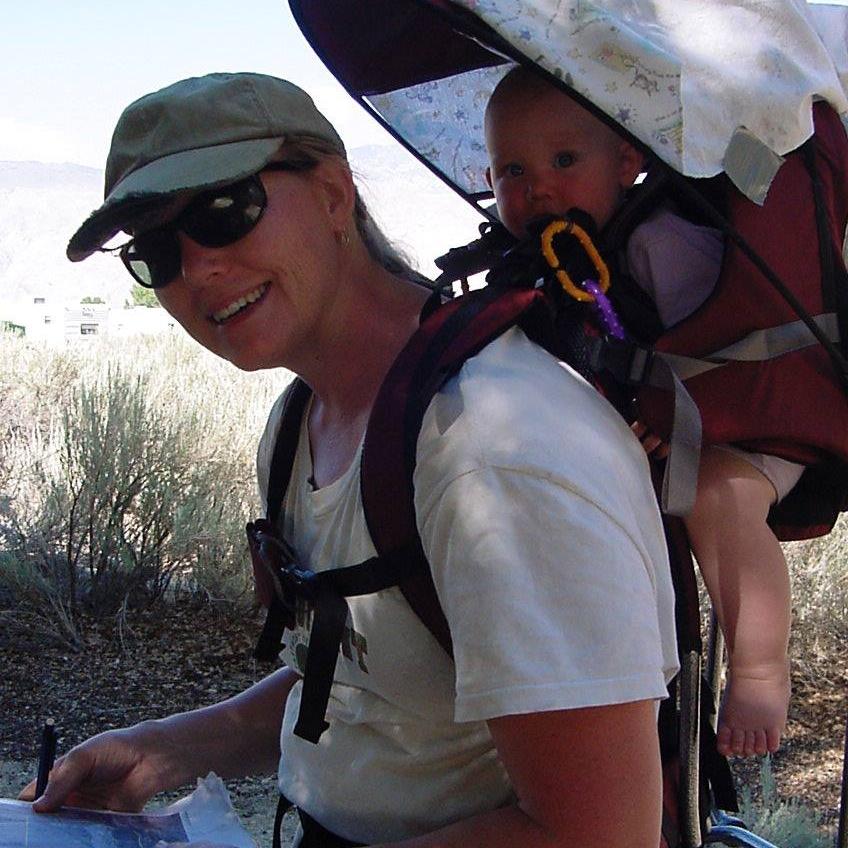Far Western Art Director Tammara Norton and Phil Gross of Cinnabar Video recently completed a short film for the Forest Service as part of mitigation measures at Peavine Mountain Aspen Grove Arborglyphs (26Wa9933/04170114361).
Basque historian Joxe Mallea-Olaetxe takes the viewer on a tour of a grove of carved aspen trees on Peavine Mountain, Nevada. Some of the trees are over 100 years old. Interwoven into the tour is background information on the history of Basque Sheepherding in the western states.


